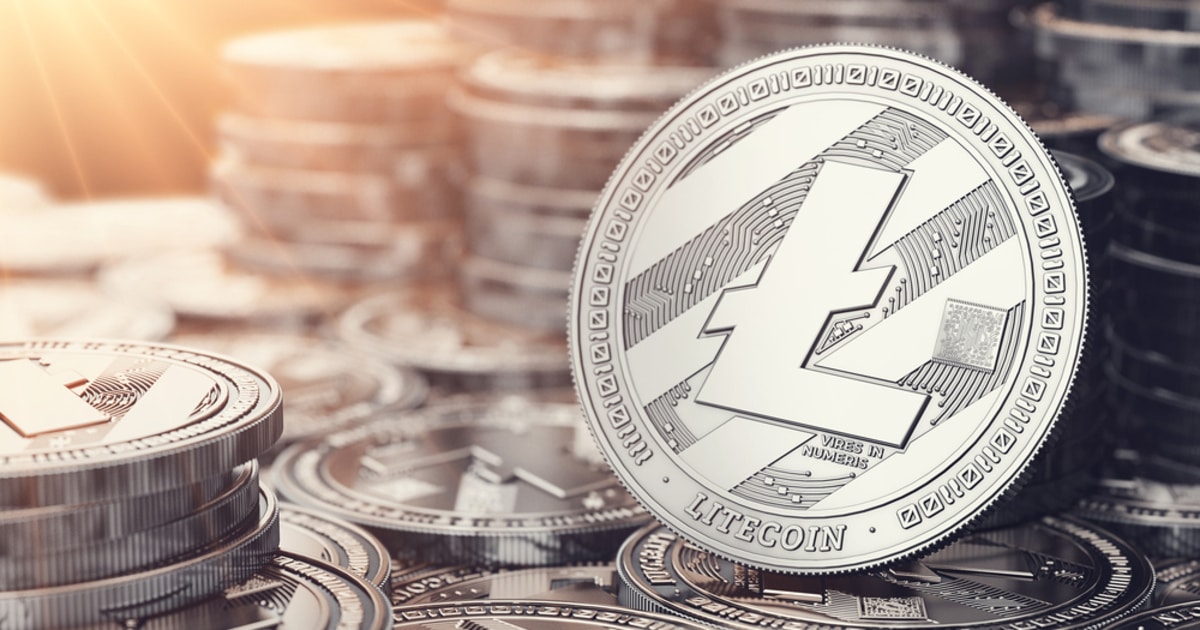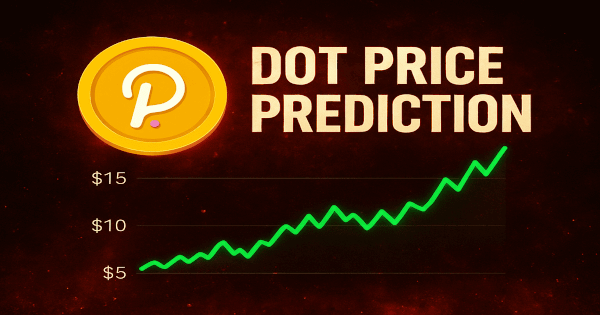
Deflationary tokens like Ethereum are the key to differentiating Web3 ecosystems from traditional capital markets.
Who controls inflation in the Ethereum ecosystem?
Centralized regulatory organizations typically govern the inflation of asset prices in traditional capital markets. Is that the same in Web3? Who ensures fair play?
In the United States, the Federal Reserve (the Fed) assumes the responsibility of maintaining inflation at reasonable levels by implementing tools such as altering interest rates, bond-buying programs and money printing. This obligation is typically similar across most other nations. In Web3, inflation is controlled by the protocol’s monetary policy, which is determined by the community through decentralized governance.
Deflationary mechanisms are interwoven into the tokenomics while creating the ecosystem. Where tokens have an unlimited supply, as the token ecosystem matures, there would be more opportunities for burn. Therefore, the organization managing the token must proactively identify these opportunities and embed them into the tokenomics to reduce the supply.
The Ethereum Merge is a fine example of how the Ethereum supply and demand was tweaked to make it deflationary. Such significant tokenomics changes are typically proposed, approved and executed by a decentralized autonomous organization (DAO) that governs the token and the platform behind it.
These tokenomics changes are then embedded into smart contracts as the rules of the ecosystem. Smart contracts drive the new business rules and the economic model of the ecosystem. As a result, DAOs could play a significant role in ensuring efficient and effective governance of the tokens.
Since decentralization is one of the tenets of the blockchain world, an economic system not controlled by the founding teams, investors, venture capitalists and whales is crucial to delivering sustainable tokenomics based on sound business models.
Has Ethereum’s transition to a deflationary token made it a more desirable asset?
Investments in deflationary cryptocurrencies can yield growth and returns for investors. But being deflationary alone may not be a criterion to be identified as a better investment.
Due to their supply cap, deflationary tokens are typically perceived as more valuable by holders and investors. This was also demonstrated by the rise of nonfungible tokens (NFTs), where the rarity of the NFTs often decided the prices. Limited supply driving prices higher was also true with the Ethereum Name Service (ENS), where some three-digit ENS names were sold for even more than 100 ETH.
Ethereum may not necessarily be classified as a better asset after it became deflationary. Ethereum has a rich ecosystem that drives transactions on the chain, and as more Ether gets burned in the process, it causes deflation. An unused Ethereum blockchain wouldn’t be able to achieve this economic feat.
The underlying chain fundamentals must remain strong for Ethereum to thrive as an investment. A chain with strong fundamentals typically has a developer ecosystem to create many applications that users widely adopt. As users flock to these applications, developers are encouraged to continue innovating.
The resulting network effect would make Ethereum deflationary, making it a more attractive investment asset.
How does Ethereum fare against other deflationary tokens?
Developers of tokens create deflationary mechanisms during the design of the economic model behind the token. The economic model — tokenomics — can be fundamental to how stakeholders add and accrue value in a Web3 ecosystem.
The supply and demand dynamics of a token are decided at the level of development. Deflationary characteristics like burn mechanisms are decided as the economic model underlying the token is being developed. This can be a point-in-time process like with Bitcoin or an evolving mechanism like with Ethereum.
When creating Bitcoin, Satoshi Nakamoto ensured there would only be a finite supply of 21 million. Once 21 million Bitcoin are mined, no new BTC can be created. This limited supply has helped the narrative that Bitcoin is a true store of value compared with fiat currencies that increase supply due to central bank monetary policies.
In contrast, Ethereum had an inflationary supply at its inception. Ether supply was increasing at an annual rate of 4.5%. However, after the Ethereum Merge that saw it move from proof-of-work to proof-of-stake, it is now a non-inflationary asset due to its burn rate. The number of Ether burned in maintaining the network activity is more than the amount of Ether entering circulation.
Implementing the EIP-1559 protocol has altered the economic nature of the Ethereum token by incorporating the burning of a fraction of the gas fees per transaction. As a result, some experts argue that Ethereum has become more deflationary than Bitcoin.
As deflationary tokens are considered a better store of value, new tokens created for both protocol and application tiers may be designed to be deflationary.
What is a deflationary cryptocurrency?
Although cryptocurrencies are often promoted as investment opportunities, their primary purpose was originally to serve as an alternative form of currency. Considering this narrative, the rules of supply and demand apply to cryptocurrencies as to fiat currencies.
An undergraduate economics student might say the basics of money, economy and market forces is balancing supply and demand. How much of an asset is in circulation versus the demand — how many people want that particular asset — helps decide its price. This equation between supply and demand underlies the fundamentals of all economies and also applies to cryptocurrencies.
Deflationary cryptocurrency is one where the value of the crypto increases due to a reduction or stagnation in supply. This ensures that the coin’s market value is attractive for more people to invest in and can be used as a store of value. While deflationary cryptocurrencies look more attractive, not all are designed that way.
Many well-known cryptocurrencies are not deflationary. In addition, there is often no supply limit to them. Some are disinflationary because inflation gradually reduces over time due to its tokenomics. Bitcoin (BTC), for instance, won’t be deflationary until all 21 million coins have been mined. Ether (ETH) was not deflationary until the “Merge” happened in September 2022.
Related: Inflationary vs. deflationary cryptocurrencies, Explained

You can get bonuses upto $100 FREE BONUS when you:
💰 Install these recommended apps:
💲 SocialGood - 100% Crypto Back on Everyday Shopping
💲 xPortal - The DeFi For The Next Billion
💲 CryptoTab Browser - Lightweight, fast, and ready to mine!
💰 Register on these recommended exchanges:
🟡 Binance🟡 Bitfinex🟡 Bitmart🟡 Bittrex🟡 Bitget
🟡 CoinEx🟡 Crypto.com🟡 Gate.io🟡 Huobi🟡 Kucoin.



















Comments